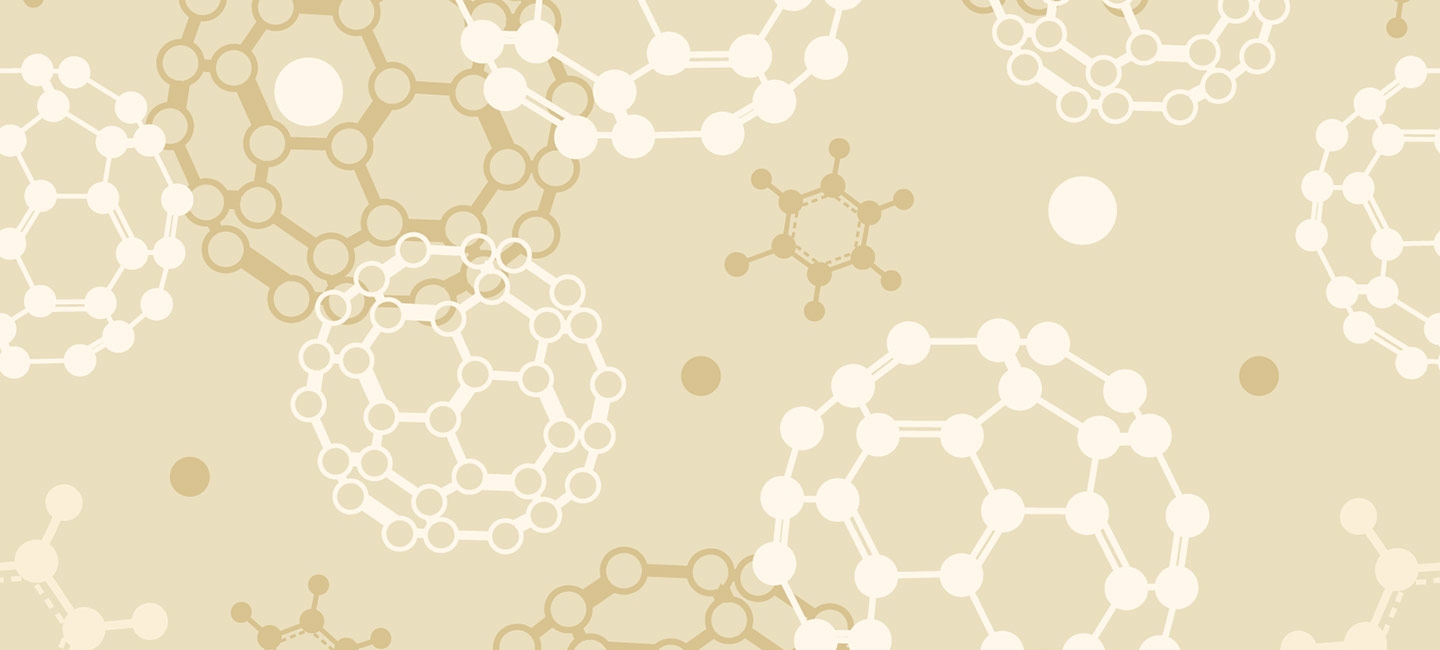Positive Results in Trial Testing ‘Laughing Gas’ in Severely Depressed Treatment-Resistant Patients
Positive Results in Trial Testing ‘Laughing Gas’ in Severely Depressed Treatment-Resistant Patients

Newly reported results of a small phase 2 clinical trial indicate the potential utility of using nitrous oxide treatments in patients with severe major depression that has not responded to other forms of therapy.
Nitrous oxide (N2O) is often called laughing gas, and has been used as an anesthetic since the 1800s. Many people are familiar with N2O because of its use in dentistry, as a mild pain reliever and anti-anxiety agent.
Peter Nagele, M.D., the Chair of Anesthesia and Critical Care at the University of Chicago, was awarded a BBRF Independent Investigator grant in 2016 to perform the study just reported, which appeared in the journal Science Translational Medicine.
Dr. Nagele and his co-investigator, 2007 BBRF Young Investigator Charles R. Conway, M.D., were interested in testing nitrous oxide in part because of research showing the effectiveness of another anesthetic, ketamine, in alleviating the symptoms of severe major depression in treatment-resistant patients. Dr. Conway directs the Resistant Mood Disorders Center and Treatment-Resistant Depression and Neurostimulation Clinic at Washington University, St. Louis.
When ketamine is given to depressed patients, it is delivered intravenously (or intranasally in the case of esketamine, an FDA-approved drug based on the ketamine molecule). Importantly, the dose is far below that used in anesthesia, a fact which improves the side-effect risks of ketamine considerably.
Drs. Nagele, Conway and colleagues studied whether nitrous oxide, also an anesthetic at high concentrations, might show rapid antidepressant effectiveness at sub-anesthetic dosages. A prior placebo-controlled study had shown that a single one-hour administration of nitrous oxide—inhaled through a face mask—did enable severely treatment-resistant depressed patients to experience rapid antidepressant relief which lasted for at least 24 hours.
The new study sought to test nitrous oxide in severely treatment-resistant depressed patients at two concentrations vs. placebo: at 50%, the concentration used in the prior study, as well as at 25%. The patients had been depressed for an average of 17 years and had not been helped in four or more antidepressant treatment courses, on average.
A total of 24 patients participated. Twenty of these received three hour-long treatments, each one month apart: one treatment with N2O at 50%, one with N2O at 25%, and one with a placebo (ambient air and oxygen). The patients were assigned to receive the three treatments in randomized order.
Results were positive and in some ways surprising. Nitrous oxide at both 50% and 25%, given in one-hour treatment sessions, was effective compared with placebo in significantly lowering the severity of depression symptoms. In the hours and days immediately following treatments, there was little difference in the magnitude of the improvement seen in the patients, regardless of whether they had received N2O at 25% or 50% concentration.
The researchers were surprised that the antidepressant benefits persisted well beyond the first week after an N2O treatment and, in some cases, up to a month after treatment. This would suggest that N2O, similar to ketamine, has persistent antidepressant benefits in some treatment-resistant patients after a single dose. Drs. Nagele and Conway said future studies will be required to optimize dosing in treatment-resistant depression.
The researchers noted that side effects of N2O treatments were not uncommon but mild and in each case resolved within hours of a treatment. They included nausea, light-headedness, headache, and dizziness. Importantly, side effects at 25% N2O were one-fourth as common as in 50% N2O, suggesting to the team that if the treatment is ultimately approved, on a risk-benefit basis it could make sense to use N2O at the lower dosage at the outset in patients, and escalate to 50% dosage in patients who remain resistant to treatment.
The team cautions that their trial was small and must be replicated in much larger populations, but they were cheered to note that giving N2O at the lower dosage not only resulted in fewer side effects, but was nearly as effective as treatments at twice the dosage.




